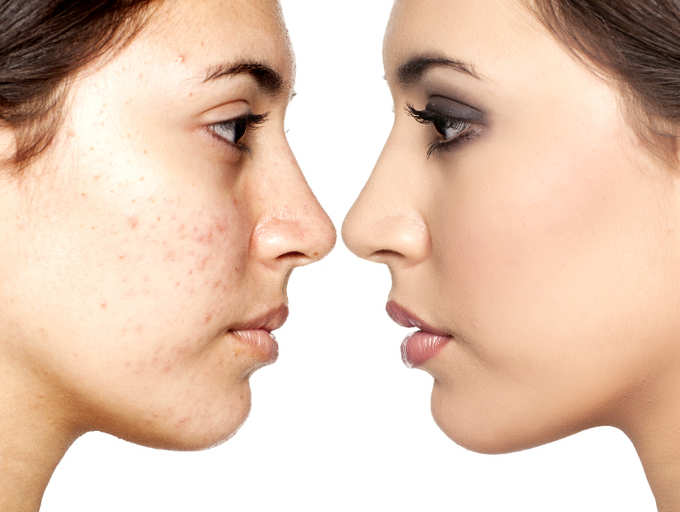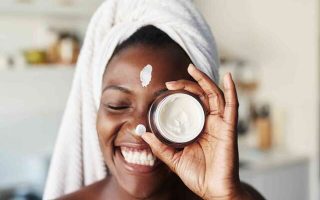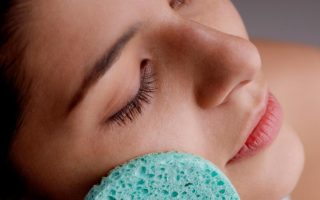In the teenage and early twenties, many people experience an acne breakout. The good news is, it’s caused by fluctuating hormones and if we know why hormonal acne appears, we can therefore better treat the problem. We explain everything about hormonal acne and its solutions.
Hormonal acne: what is it?
At the origin of acne, we always find hormones: they are the ones that stimulate, not the production of sebum. The estrogen – a female hormone – reach a peak just before menstruation, inducing overproduction of sebum. Also called seborrhea, this is the main reason for hormonal acne.
It is for this reason that acne appears during puberty: regardless of gender, hormonal imbalances are common. Except that at the end of puberty, only women continue to experience hormonal fluctuations: menstrual cycle, pregnancy and menopause. Hormonal acne therefore mainly affects women. Any increase in stress also leads to an overproduction of cortisol: stress can cause acne.
When a pore is blocked by an overproduction of sebum, a microcyst is formed. Several possibilities depending on the reaction of the skin:
- Blackhead: the pore opens on the surface of the skin, the microcyst oxidises on contact with oxygen and becomes black.
- Whiteheads: A whitehead is formed when dead skin cells, oil, and bacteria become trapped within one of your pores.
- Red Pimple: the microcyst breaks under the skin and the sebum spreads in the tissues. Bacteria proliferate as the area ignites to curb it. The results are small red pimples.
- White Pimple: when a whitehead ignites due to bacteria. The result, a red pimple with a white tip.
How to recognize hormonal acne?
First, it’s a matter of time: if you see a pimple breakout every month 2-7 days before the onset of your menstrual cycle, it’s probably hormonal acne.
The second clue to recognizing hormonal acne is related to the area. Most of the time, acne appears towards the lower face, above the jaw and chin. Of course, this is not valid for everyone!
Finally, it is to the intensity of the acne that we must be attentive: they are often painful cysts or large papules. If when the pimple is still deep and touching the area already hurts you, it is surely hormonal acne.
Treatment for hormonal acne
If you tend to have hormonal acne and especially if you are a woman, you will suffer it until menopause. The good news is that taking care of your skin daily can prevent acne and maintain smooth and even skin.
As hormonal acne is mainly due to the overproduction of sebum, we will focus on ingredients that regulate sebum production. The holy grail is niacinamide, It is for this reason that a week before the start of your period, we recommend the serum enriched with niacinamide, it helps reduce sebum production. Perfect for preventing and reducing the intensity of hormonal acne.
To prevent the formation of blackheads in the pores, we recommend using gentle exfoliation with AHAs such as glycolic acid or lactic acid.
To then avoid infection, inflammation and therefore pain, antibacterial agents such as tea tree oil should be used.
Inorder to accelerate the healing of lesions, we recommend moisturizing cream, fluid or rich depending on your skin type. Its concentration in panthenol or vitamin B5 improves the healing of pimples and soothes the area.


